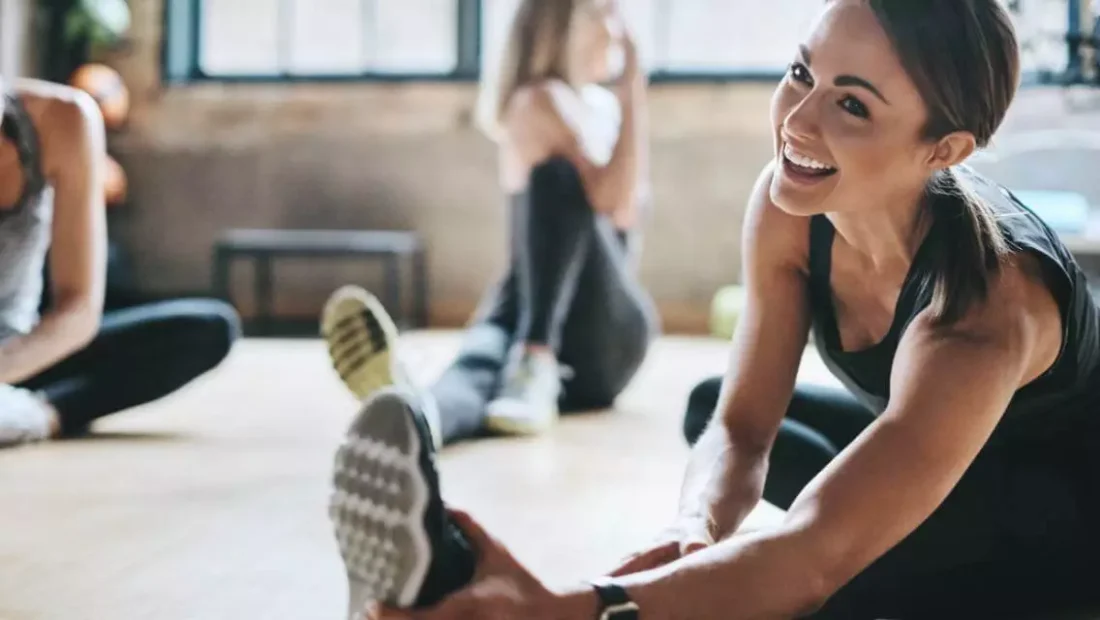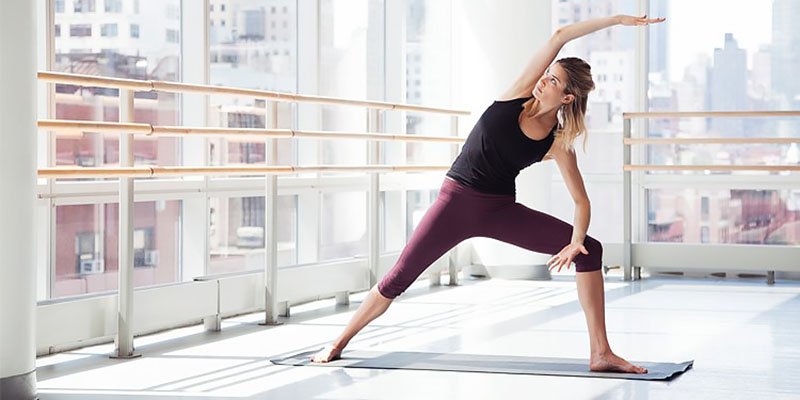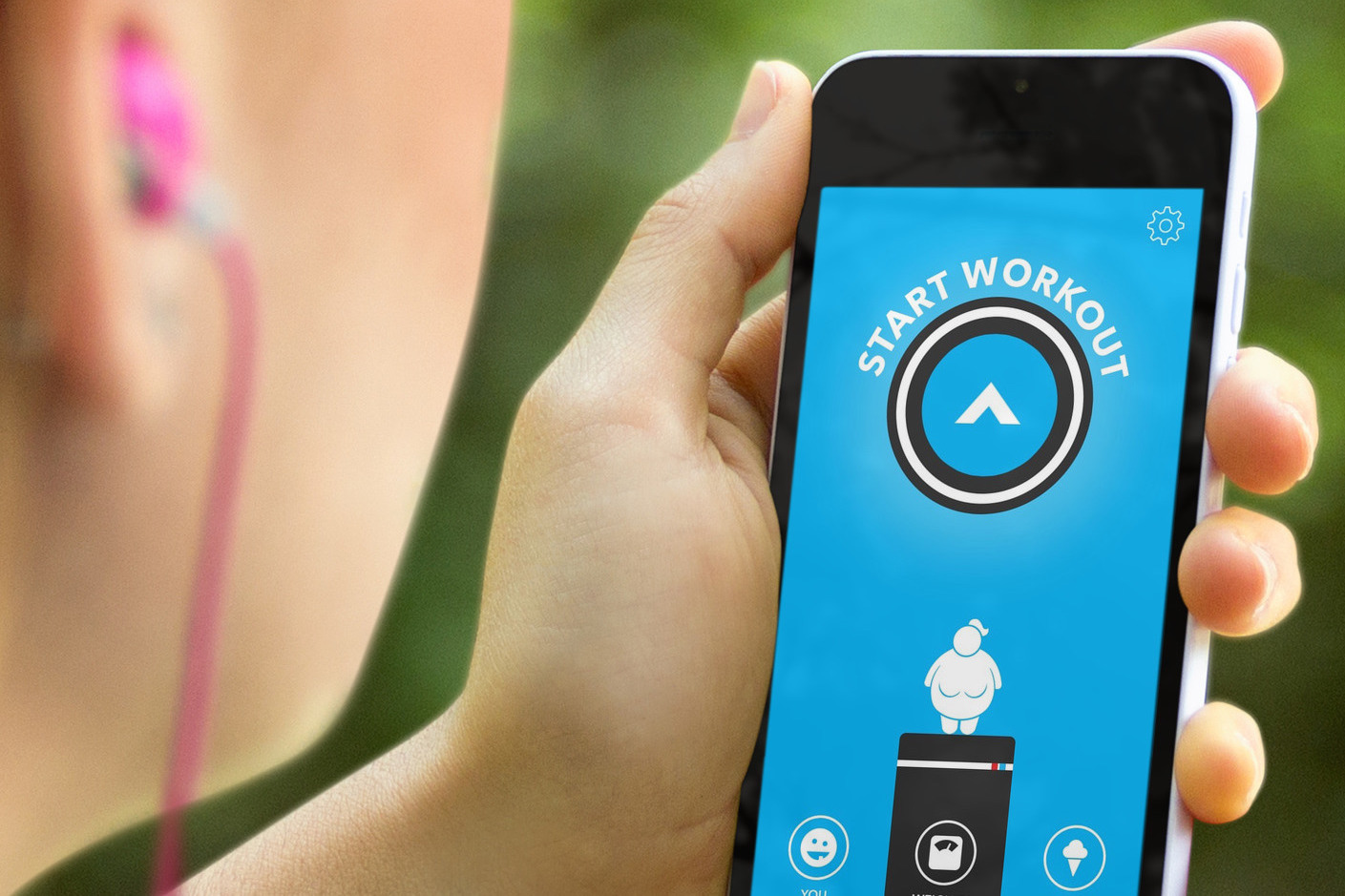Pilates and yoga have often been interchanged, connected, and used together in the same sentence.
True, both practices share some similarities. However, they also have distinct differences. How then do you differentiate Pilates vs yoga?
Here’s a crash course on Pilates vs yoga and the similarities and differences of each.
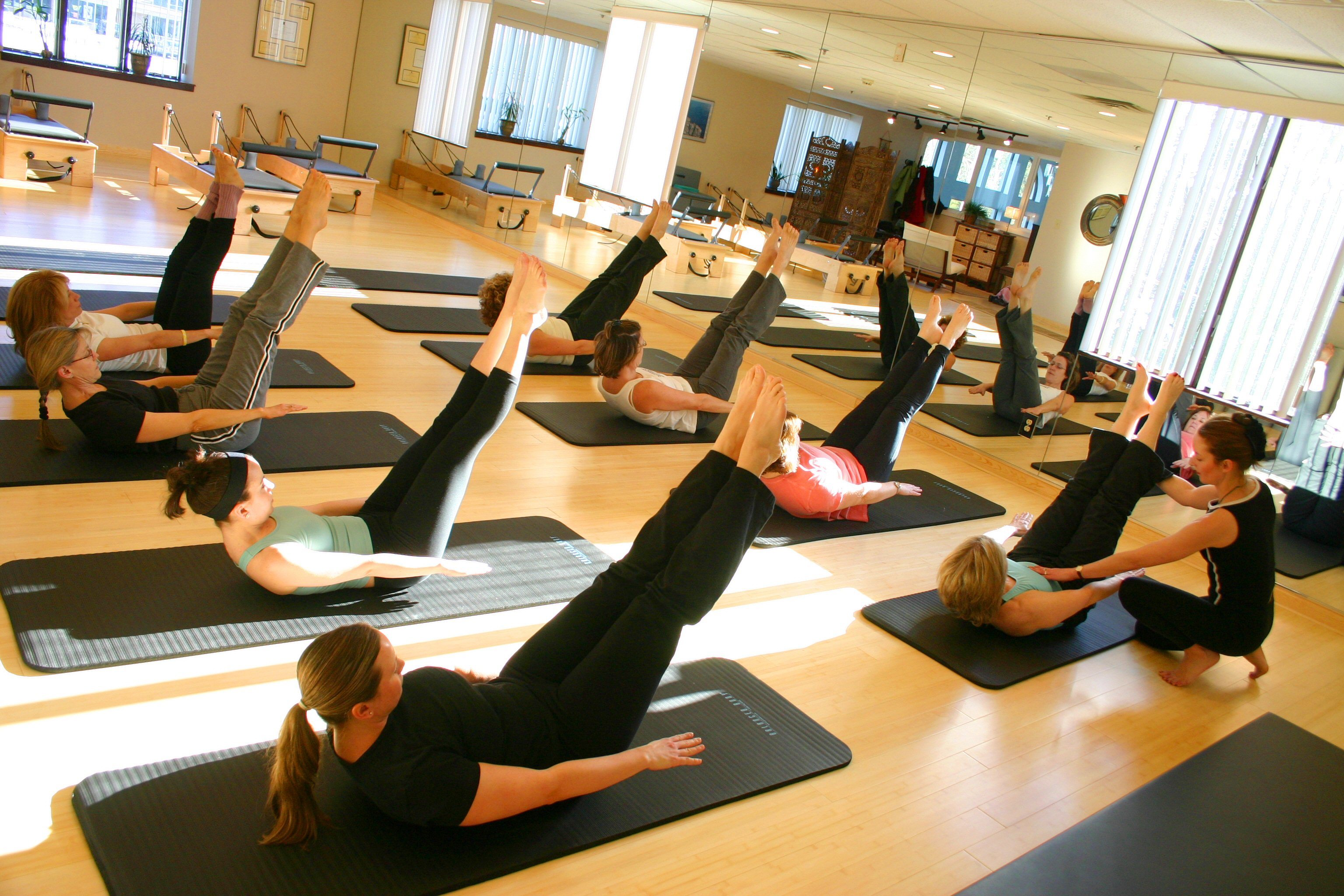
Origin
Yoga
The yoga practice is traced back to India more than 5,000 years ago. Over the years, it has evolved into many different types—Ashtanga, Bikram, Vineyasa, and Kripalu, to name a few.
Pilates
Pilates is an exercise routine introduced in the 20th century by Joseph Pilates. Overtime, it has gained a cult following. Dancers, sportsmen, and even famous Hollywood celebrities turn to Pilates to help them strengthen their core, improve both their posture and flexibility, and help them effectively rehabilitate from injury, among others.
Workout
Yoga
Yoga classes focus on working out every muscle in the body equally. There is a counter-posture to every posture in order to create a balance within the body. While core strength is also taken into account, in essence, it is just a part of yoga and not its entire focus.
Pilates
Pilates exercises involve regimented movements in order to achieve both spine and core strength. Some classes make use of machines to gain strength while others make use of mats and banks on the body’s resistance to achieve results. While both practices help one gain flexibility and strength, Pilates is known to offer total body workout. It is also the best option if you are looking to strengthen your core and align your spine.
Breathing
Yoga
In Vinyasa or Ashtanga classes, they utilize the ujjayi breath. This entails yogis to breathe in and out through their noses while matching those deep breaths with the postures and movements they are executing. Also, in yoga classes, there are segments dedicated to proper breath work called pranayama.
Pilates
Students of Pilates breathe in through the nose and breathe out through the mouth. The focus is mainly on contracting the deep abdominal muscles and emptying the diaphragm.
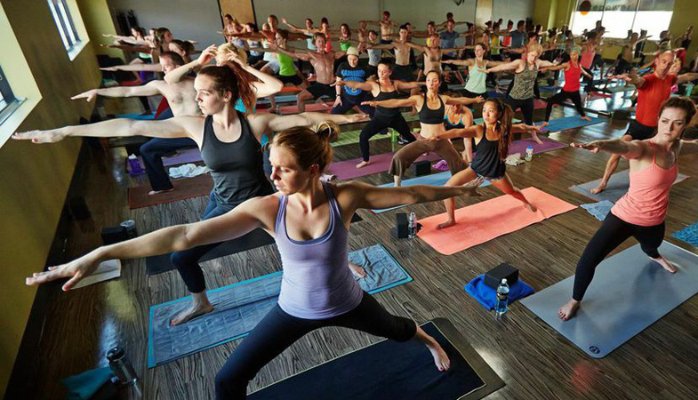
Body, Mind, and Spirit Connection
Yoga
Both Pilates and yoga acknowledges the connection between the body and the mind. However, yoga adds another element to the equation—the spirit. Discovering, exploring, and embracing spirituality is a huge part of the yoga practice which is why meditation is an integral part of the practice. In fact, for many, yoga is in essence a spiritual practice, with teaching how to quiet the mind as its main purpose.
Pilates
Pilates on the other hand also believes in the connection between the mind and the body. However, it is often classified as an exercise program used specifically to strengthen the muscles, improve the posture, and correct imbalances in the body. It is also deemed a superb cross-training exercise for sportsmen and dancers alike.
Classes
Yoga
Yoga classes are often flexible in nature. Sequences, variations, and postures can differ from one class to another. Oftentimes, it will depend on the instructor guiding the class or the style of yoga you are engaged in. Yet another element often integrated in yoga classes is meditation. Most classes use a meditation or chant to bring dedication and focus at the start of the practice and appreciation and sealing in of the benefits at the end of each session.
Pilates
Compared to yoga, Pilates classes are more structured. While the exercises may differ, there is often a sequence in the way the body is worked to allow for a full body workout while working the spine in all directions.

Terry is a health blog author and editor for a variety of publications. He has written on a wide range of topics, from fitness to nutrition to mental health. He loves working with people who are passionate about improving their lives through bettering their bodies and minds by eating right and staying active as well as those who want to improve their mental health by living life authentically without feeling ashamed or embarrassed about what they’ve been through.


